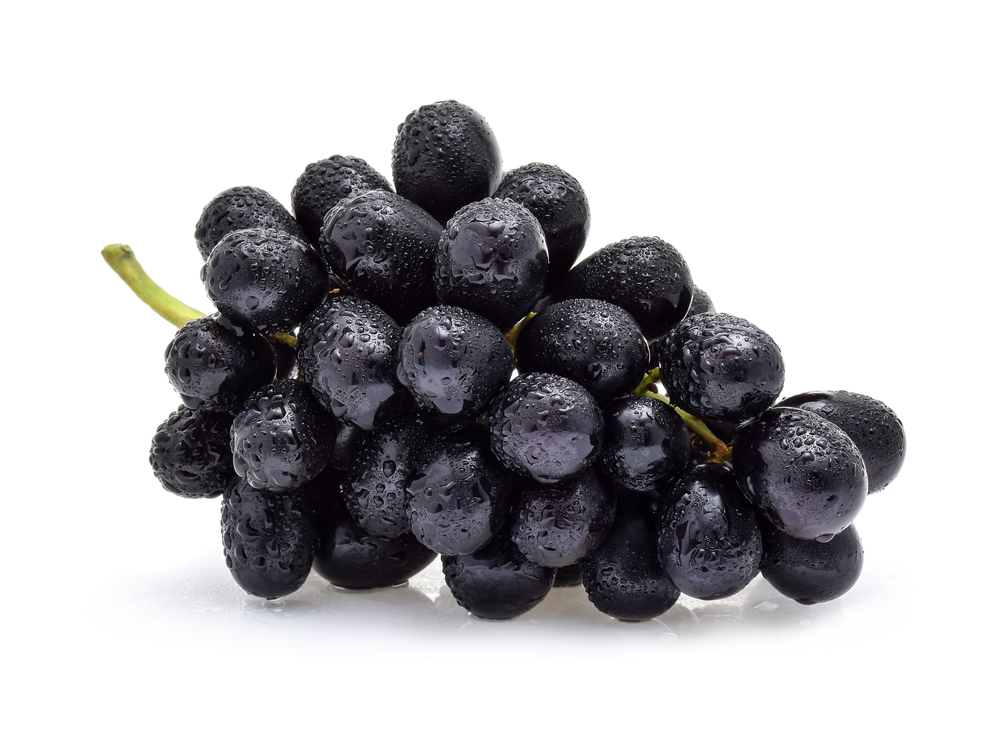Move over mulled wine, there’s a new winter red in town with a heart of darkness and incredible affordability – meet malbec.
It’s funny how food and wine often taste delicious when you’re on holiday in exotic, remote, or rugged destinations, but they never sing quite the same song when you’re back at home. I mean, nobody serves a cold pork pie and warm English ale in New Zealand just because they enjoyed them in England, do they? But on a muggy London day, a warm, hoppy beer with a cold pork pie can taste surprisingly good.
If that doesn’t rock your flavour or nutritional boat, the French have a match made in heaven in the decadent cheese and ham toastie they call the croque-monsieur, paired with fruity red Beaujolais. Another top winter wine and food match is Argentine barbecued beef served with malbec. Which prompts the question: when did Argentinian malbec suddenly become a raging success?
Malbec was introduced to Argentina in 1852 by Frenchman Michel Pouget. He was an agricultural engineer and his legacy has created a global wine trend, which has led to Argentina becoming the sixth biggest wine-producing country on earth. It may have taken over a century for malbec to rise so high in the popularity stakes, but today it’s on a roll. Malbec is now the most planted grape in Argentina, and since only 25 per cent of the wine produced there is exported, there’s no shortage. Best of all, prices range from $10 upwards and the quality remains resolutely high, regardless of price. More money will provide a more concentrated taste experience, but even at $10, the flavours rock.
The best Argentine malbecs come from Luján de Cuyo in the Upper Mendoza Valley and are made from vines growing at 800 to 1100 metres above sea level, where vineyards are closer to the sun but escape the intense heat of the flat valleys. This provides a longer growing experience which, in turn, produces grapes with more pronounced flavours.
And by the way, Argentina is not the original homeland of malbec. Argentina does lead globally, with more than 26,000 hectares of malbec grapes planted, compared with France’s 6000 hectares, but France is the original home of this dark-skinned grape. It is known there as Cot because it comes from Cahors, where its name has always been abbreviated to ‘cot’, ‘cos’ or ‘cors’, all of which are shortened versions of the name. In the 1700s it was planted in Bordeaux by a person whose surname was Malbeck and, hey presto, a star was born.
Fast facts
· Argentina has the most malbec on earth today and is one of the six biggest wine-producing nations on earth.
· France is the original home of the malbec grape, where it is better known as Cot and originated in Cahors.
· New Zealand has 131 hectares of malbec today, mostly in Hawke’s Bay. This has declined from 160 hectares in 2007.
Drink these
Five top drops for the deepest, darkest winter:
· 2015 Trapiche Oak Cask Malbec $14 Available widely and outstandingly good value for money with dark fruit flavours and softness.
· 2015 Septima Malbec $18 Damned good value for money, thanks to wine importer Tomas Tonnelier. Available from specialist wine stores such as Caro’s and Regional Wines.
· 2014 Terrazes de los Andes $28 Made by Moet & Chandon from grapes grown over 1000 metres altitude in the Andes. From Glengarry’s and other specialist stores.
· 2014 Mendel Lunta Malbec $28 A stunner from Caro’s in Grey Lynn and Parnell, Auckland.
· 2013 Altos Los Hormigas Malbec $60 Talk about turning up the volume; this intense black wine puts Argentina and malbec’s best foot forward. From specialist stores.
Find out more at Joëlle Thomson’s online wine guide, joellethomson.com







